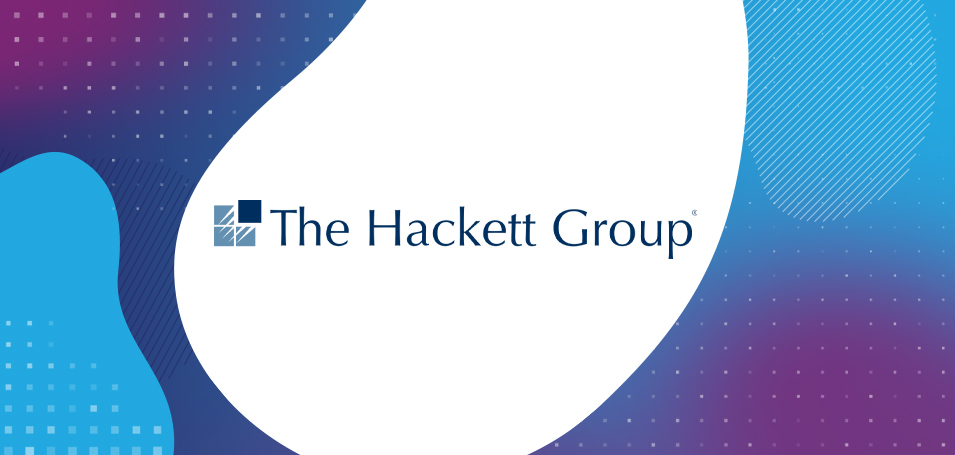Do you charge for customer training? According to the Thought Industries 2019 Customer Training Trends Report almost half of the companies surveyed charge for training sometimes, often or always.
If revenue is a goal, the subscription model is financially attractive. Some might call the subscription model a beautiful thing because it yields a predictable and constant revenue stream.
“The subscription model is a win/win for customers and businesses. For businesses, it scales better, is easier to run and guarantees recurring revenue. For the customer, it offers convenience and is sometimes even less expensive.” – Is A Subscription Model In Your Company’s Future? It Had Better Be! Shep Hyken, Forbes
Additionally, adoption of training subscriptions are increasing within the software industry. According to TSIA’s State of Education Services 2019, the percentage of Education Services revenue from subscription offers has almost doubled year-to-year (12% to 21%).
5 Critical Success Factors for Subscription Success
Whether platform, provider, developer, or training technology – to achieve the potential of a subscription-based business, here are 5 critical success factors:
1. Your pricing strategy must support your business goals (or not).
This is not an easy exercise, and the playing field is always changing. Here are some of considerations:
- Your price must be competitively attractive to both prospects and existing customers.
- Your reputation and customer satisfaction are meaningful assets.
- Pricing is an important aspect in balancing the yin and yang of renewal and churn.
- Offer is a powerful force in pricing, and it may encompass tiering, usage levels and/or customer recognition. Per the TSIA’s State of Education Services 2019 report, a typical Education Services subscription offer includes
E-learning (100% of respondents)
Hands-on lab environment (92%)
Live virtual instructor-led training (46%)
For a practical discussion that will offer insight, consider Thought Industries’ Customer Training Pricing and Packaging: What’s the Best Strategy?
2. You must have a documented renewal plan.
Renewals do not renew themselves. Maria Manning-Chapman, VP Education Services Research, TSIA, in her recent webinar, The State of Customer Training 2019, stated “you will never be successful” unless you have a documented process in place for gaining those renewals. During that webinar, only 20% of attendees said their organization had such a documented process in place.
This in-house documentation must contain:
- The detailed process for gaining renewals and who is responsible for each step
- How success is measured – what are the key variables, such as content consumption, and how are they monitored
- Benchmarks for key variables and actions to be taken if there is a significant variance (e.g., a subscriber is under-consuming)
- Targets such as:
- 90+% renewal rate
- Sales of new subscriptions is greater than attrition, or non-renewals
3. Nurture the customer relationship.
The success of the subscription model is based in a strong customer relationship.
It’s up to the customer to decide should if they stay or should if they go. The decision has many moving parts, chief among them are achievement and satisfaction, which go hand-in-hand. We must direct our energies and imagination to proactively increase that sense of learner achievement and satisfaction.
Customers are your company’s most important asset and they are expensive to replace. Customers have lots of choices in this very competitive marketplace. Customers are represented both by the individual and their company.
Bain & Company shows that increasing customer retention rates by 5% increases profits by 25% to 95%.
Nurturing has two aspects: Measurement and Investment
The measure is Customer Lifetime Value (CLV). The variables within CLV are the length of the customer relationship and the revenue generated during that time period. Increasing the length of the relationship increases value of each dollar of revenue, because acquisition costs have been fully amortized.
Investment means figuring out how to enhance the relationship beyond providing an excellent and satisfying learning experience. The question is, how to provide a value-add. How to finish the sentence, Customers would become better customers if we…..
“Serious customer lifetime value metrics should measure how effectively innovation investment increases customer health and wealth. Successful innovations make customers more valuable. That’s as true for Amazon, Alibaba, and Apple as for Facebook, Google, and Netflix. No one would dare argue that these innovators don’t understand, appreciate, or practice a CLV sensibility.” – What Most Companies Miss About Customer Lifetime Value, Michael Schrage, HBR
Barry Kelly, CEO of Thought Industries has a mantra that we would all do well to repeat, because it focuses us on the importance of the customer relationship. He calls it The Ultimate Respect for the Learner. That should be the north star, because, our reputation is really no greater than each learner’s satisfaction
This blog, 5 Tools to Improve Online Learning Engagement offers an interesting discussion about how to improve engagement, and thus satisfaction.
4. It’s not about content marketing, it’s about content consumption.
We may ask for the renewal periodically, but we have to earn that renewal everyday. We can do that through a robust content strategy, which focuses on measurable consumption. Content that is old and unfocused is unlikely to encourage the renewal.
The backbone of content is your training. It is your compelling competitive differentiation and the primary interface with your customers. The experience must yield, at the minimum, achievement and satisfaction.
This blog, How Amazing Customer Training will Lift Your Lifetime Value brings training to produce stickiness.
Content is also the articles, posts, hints, definitions, infographics, micro-content, etc. Is it important that they are well-written and clearly laid out? Yes. Is it essential that they directly address an interest, an issue or a customer’s pain point? Absolutely. It’s likely that if the content is not consumed, it is wide-of-the-mark and more of a drag on the relationship than an asset.
5. Maintain your agility.
The only thing that’s true in business, or in life, is that things change. It is incumbent on you to have your thumb on the pulse of your market and the commitment to take immediate action should you sense change. This agility yields continuous improvement.
The pulse of the marketplace comes to you in two forms: data analysis; and research.
You must collect and monitor key metrics. They tell you what’s going on, on the ground. These are the actions that customers took so it’s a true reading of where they find value. Which might not always be where you’d like them to find value, so pay attention, and adjust accordingly. If you see something – do something.
We’d recommend periodic qualitative research. If we believe that our reputation is as good as one learner’s experience, let’s go talk to that one learner, several times over. Whether you call it voice of customer or persona research, these are people that we serve, each one a mishmash of personal and professional goals. We can see what they did. Let’s ask them what else they want.
Here’s a lesson on agility I learned from Ben Ordover, who was then CEO of Columbia House (one of many things I learned from a brilliant man). Business was through the roof. We, seemingly, could do no wrong, yet Ben had us constantly testing against our control offer. When asked why, he said, “so we’ll know what to do when this business cycle is over.”
But wait, there’s more
Technology will power your success. Companies with a learning management system, or LMS, have a decided advantage in realizing a highly successful subscription business. That is because the LMS creates a much more engaging learning experience, which leads to higher adoption and renewal rates.


